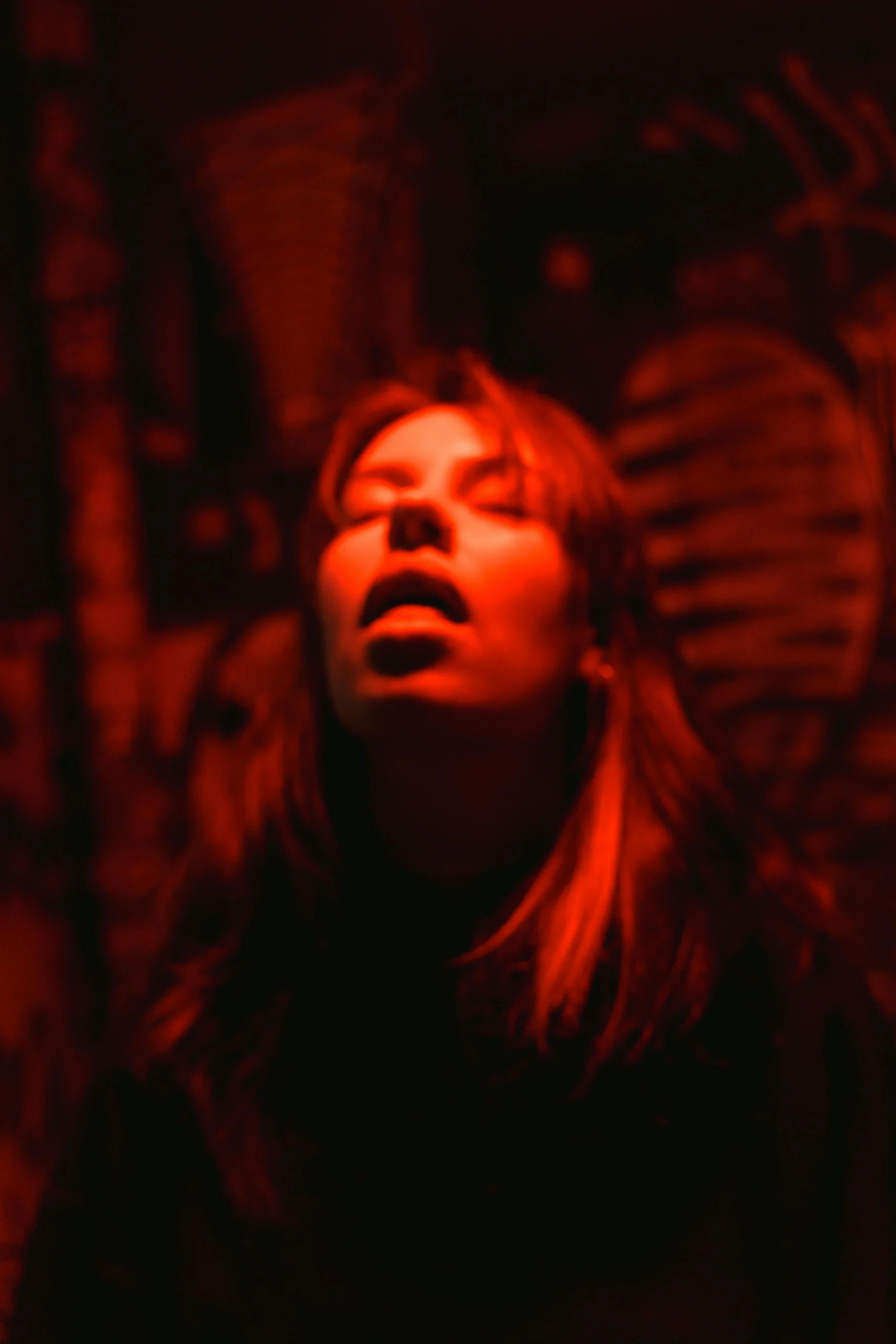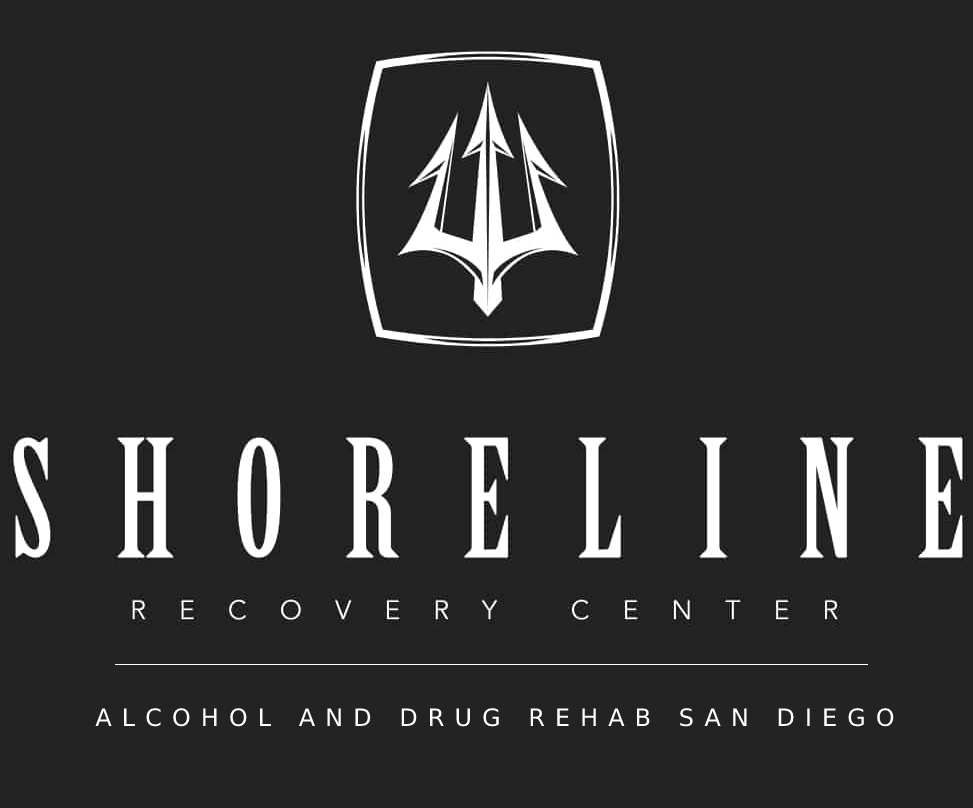The fifth edition of the Diagnostic and Statistical Manual of Mental Disorders (DSM-5) changed the criteria of diagnosis for many mental disorders. Its publication involved redefining certain mental disorders by merging or dividing them under new categories and classifications. Obsessive-compulsive disorder (OCD), which was categorized as an anxiety disorder in the DSM-IV, is now considered as its own category in the DSM-5. While everyone experiences mental health disorders such as OCD differently, understanding the changes in the DSM-5 might help you better understand your symptoms and seek treatment that will give you management tools for your symptoms.
No Longer an Anxiety Disorder
Under the DSM-5, anxiety disorders are defined as excessive anxiety and worry occurring frequently for at least six months. Anxiety disorders are one of the most common types of mental health disorders. While anxiety is a common occurrence with people who experience OCD symptoms, one of the defining factors of all OCD-related disorders is that the cause of anxiety is often distorted or completely irrational. While people with anxiety experience an excessive, unreasonable amount of worry around feared circumstances, objects, or events, this worry is grounded in reality and the person often recognizes that their reaction is extreme for the situation. Under the DSM-5, anxiety disorders include panic disorder, specific phobia, generalized anxiety, social phobia, agoraphobia, separation anxiety, and selective mutism.
Defining Obsessive-Compulsive Disorders
OCD is characterized by the experience of compulsive behaviors, obsessive thoughts, or both. Obsessions are defined as recurring and persistent thoughts, images, and urges that are intrusive, unwanted, and most likely cause anxiety or distress. Compulsions are repetitive or ritualistic behaviors that are caused by obsessive thoughts and aim at preventing or reducing stress. The DSM-IV states that, over the course of the disorder, the person will recognize that their obsessions and compulsions are unreasonable, which is why it was originally categorized under anxiety disorders. However, recent studies have shown that this does not seem to be the case and that many people with OCD believe that their obsession and compulsions are valid.
People with OCD-related disorders often view their obsessions from a distorted or irrational perspective. This is an important distinction between anxiety disorders and OCD-related disorders because a mental health professional treating someone with an OCD-related disorder will want to focus on disproving the person’s distorted or irrational cognitions. A distorted thought a person with an OCD-related disorder might have may have roots in reality but is blown out of proportion to the actual importance or danger of the situation. For instance, someone might put a distorted emphasis on the value of their appearance and obsess over physical imperfections or a person might believe that experiencing intense hunger is the only way they can lose weight. On the other hand, an irrational cognition is not at all present in reality. For instance, a person might believe that if he or she is late to work that his or her employer will blacklist the person, making it impossible to find another job.
Types of Obsessive-Compulsive Disorders
Obsessive-Compulsive Disorder (OCD): Experiencing compulsive or obsessive symptoms or both compulsive and obsessive symptoms that interfere with the person’s daily life.
Body Dysmorphic Disorder (BBD): Obsessing over one or more flaws or defects in a person’s appearance resulting in behaviors and attitudes that interfere with the person’s daily life.
Hoarding Disorder: Experiencing difficulties discarding or parting with possessions regardless of their sentimental or monetary value that may clutter the person’s home and interfere with the person’s daily life.
Trichotillomania (hair-pulling): Repeatedly pulling one’s hair to experience relief, often resulting in bald spots on a person’s head. Behavior may be automatic or ritualistic and involve biting or chewing pulled hair and may interfere with a person’s daily life.
Excoriation Disorder (skin picking): Spending possibly several hours a day picking at one’s skin and may lead to skin lesions. Onset is usually during adolescents after puberty and may interfere with a person’s daily life.
Types of Treatment
Treatment for OCD-related disorders includes psychotherapy and medication-assisted treatment (MAT). Often OCD and OCD-related disorders are treated with cognitive-behavioral therapy (CBT) and emotional and response prevention (ERP) therapy. Medications used to treat OCD symptoms are usually serotonin reuptake inhibitors (SRIs) which are used to treat depression but may also help mitigate OCD symptoms. OCD is often treated with a combination of both psychotherapy and medicated treatment. Everyone experiences OCD symptoms differently and should seek treatment accordingly.
The diagnosis of OCD and OCD-related symptoms requires an irrational or distorted obsession that interferes with a person’s life. While understanding how the DSM-5 defines OCD may not change how your symptoms affect you, it might give you a better understanding of your symptoms and can help you find the right tools to manage them. At Shoreline Recovery Center, we are dedicated to listening to your specific wants and goals and creating a plan to help you meet your recovery needs.
Our professionals understand that everyone experiences their OCD symptoms differently. We recognize that even though the DSM-5 is helpful for diagnosis, it does not define a person or explain all that they may be struggling with. Shoreline is dedicated to giving our clients a healing experience that will guide them towards a successful recovery. If you or a loved one is struggling with OCD symptoms, please call us at (866) 278-8495 to learn more about our programs.






